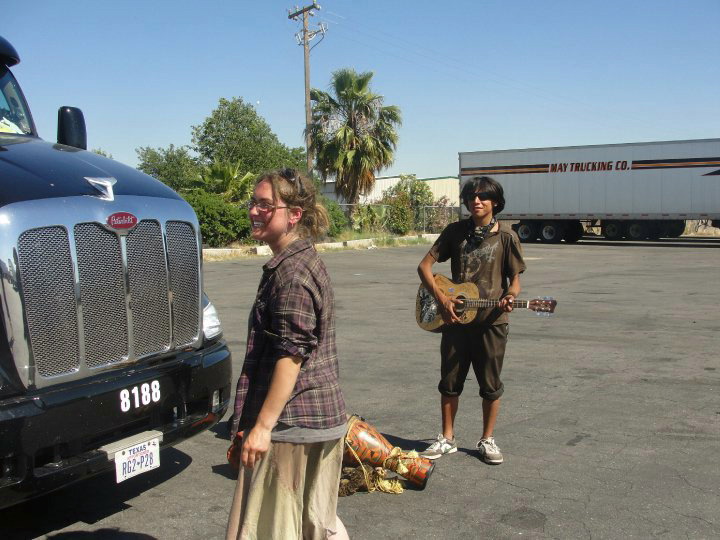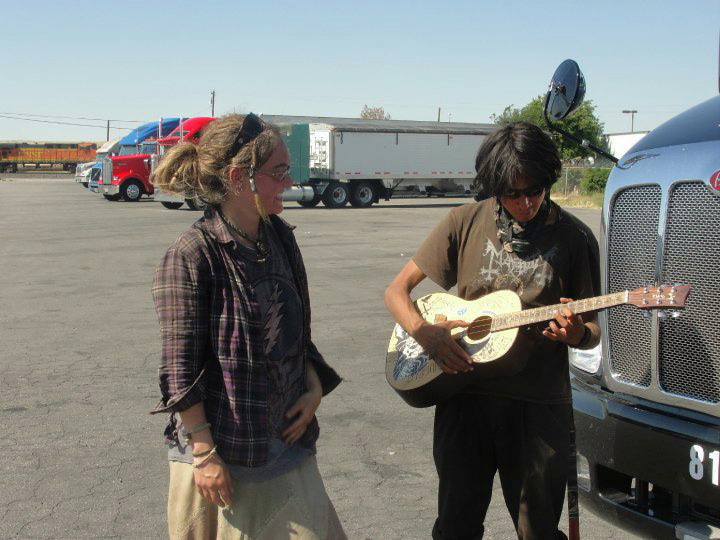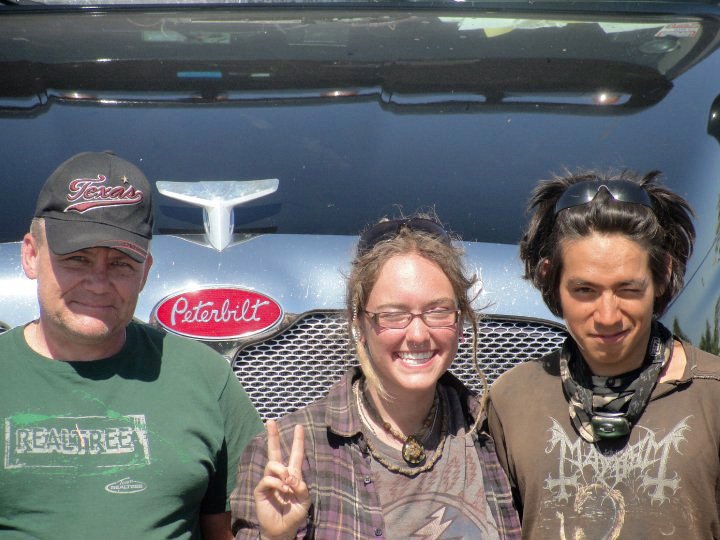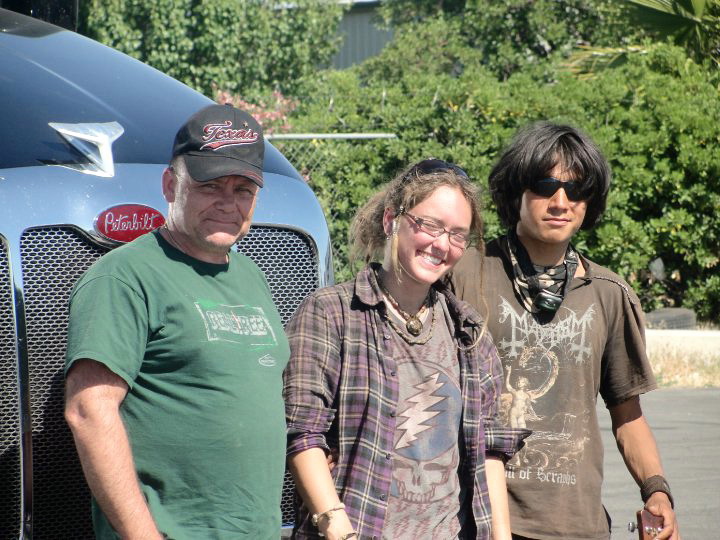2/11/87 – 12/28/10
Tony Zaleta’s mom Shelia doesn’t like to talk about her son’s death. Her silence is a reflection of her grief, but it’s also a tradition of her tribe. “We are Lakota Sioux,” Shelia wrote in response to a message. “Speaking of our dead is not ‘permitted’ if you will. That is our belief.”
Tony was raised in the large Pine Ridge Oglala Lakota (Sioux) reservation, an 11,000 square mile property at the southwest corner of South Dakota. Conflict with his step father and discipline problems in high school escalated when he was 15 and by the time he was 16, his father kicked him out of the house, his brother Sean Goldberg said.
“By the time my mom met Steve (the stepfather), Tony was 12, but we were very little,” Sean said. Tony was popular in school and talented in art and guitar, but he had trouble with math, and with following the rules. “He came to school drunk one day and then my stepfather kicked him out. That was dumb. Tony wasn’t the kind of person who would yell at you when you looked at him wrong. It was a stupid thing to kick him out. We never saw him again.”
Tony set out by bus. In the six years he was on the road he traveled by many means including hopping trains and hitchhiking. “He was a spirit walker,” his mother Shelia wrote. “He did what a lot of people do in order to find out who they are and their place in the world. Tony was the third generation of our family to do this.”
He spent some time with his grandfather and his aunt Kerri in Sioux City and a fair amount of time in Duluth and Minneapolis, which has a significant population of homeless Native Americans.
“In 2009 he rolled into town with his dog Buddy,” said Deb Holman, an outreach worker for the homeless in Duluth. “It didn’t take him long to meet up with the crowd in town, couch hopping.”
In Duluth he sometimes stayed with Gina Gono, who is a Native American and had been homeless. By 2009 when she met Tony she had an apartment. “He never stayed more than a day or two. He was always on the go,” Gina said. “He was one of those people who couldn’t sit still. He was always out and about.”
Gina remembers how kind and generous he was to other homeless people. When she invited him to her birthday party, he stayed after everyone left to help her do the dishes. Deb noted the same quality in Tony, along with a grace and gentleness in his manner. “He was a free spirit, a humble guy, kind. He didn’t let things get to him. He rolled with the punches. He helped people out. He gave his sleeping bag to one of his native brothers and he did errands for others.”
Some of the time he was homeless in Duluth he spent with Michaela Rabideau, a Native American woman who is homeless. She loved his sense of humor. “He had a way of making a joke even in the most miserable situation,” she said. As winter was coming on, they were pretty miserable living outside when the temperature dropped to 20 below. “One night when we were out freezing I asked him why he had W A S H and L I F E tattooed on his knuckles,” Michaela recalled. “It was because he liked Listerine he said. It gave you the best drunk. It worked fast and you always smelled fresh.”
When the police took his dog, Buddy, Tony’s traveling companion for three years, he took it hard. Deb said after that, he wanted to leave. She arranged a ride to Minneapolis for him. He stayed in town long enough for the annual memorial her group, the Chum Outreach Center, holds for the homeless who had died on the streets that year.
That was December of 2009. How he spent the year between that winter and arriving at the warehouse in New Orleans in December of 2010 is hard to pin down. Michaela, who used to get phone calls from Tony every few weeks, lost contact with him when she had to spend a year in jail. Gina Gono said goodbye to him in December 2010 when he left heading for New Orleans, “He almost started crying when he left,” Gina said. “He kept hugging me almost like he didn’t want to let me go. He called me on the way to Minneapolis. He said if he could get to Minneapolis, he could take a train home to Sioux Falls.”
New Orleans called to him instead. His mom said he loved New Orleans and had been to visit there three times.
His brother Sean was the first one of his family to find out that Tony had died in the fire. “I saw it on Facebook. One of his friends sent me a message,” Sean said. “I broke down and started to cry. My mom was making dinner for us and I ran into the kitchen. She started crying because we hadn’t seen Tony in four or maybe six years.”
Shelia wrote that her family is trying to find some comfort in the way Tony died. “Such young talent whose lives were cut short, but they were needed elsewhere,” Shelia wrote. “My sister believes that Tony began his journey to save him from a more terrible way of dying — truth be told. I think Tony was always close to the great mysterious and he knew it as a child.
“Many of his pictures have him with this mysterious wink,” she wrote in a subsequent message. “As if he knew something that we didn’t.”






